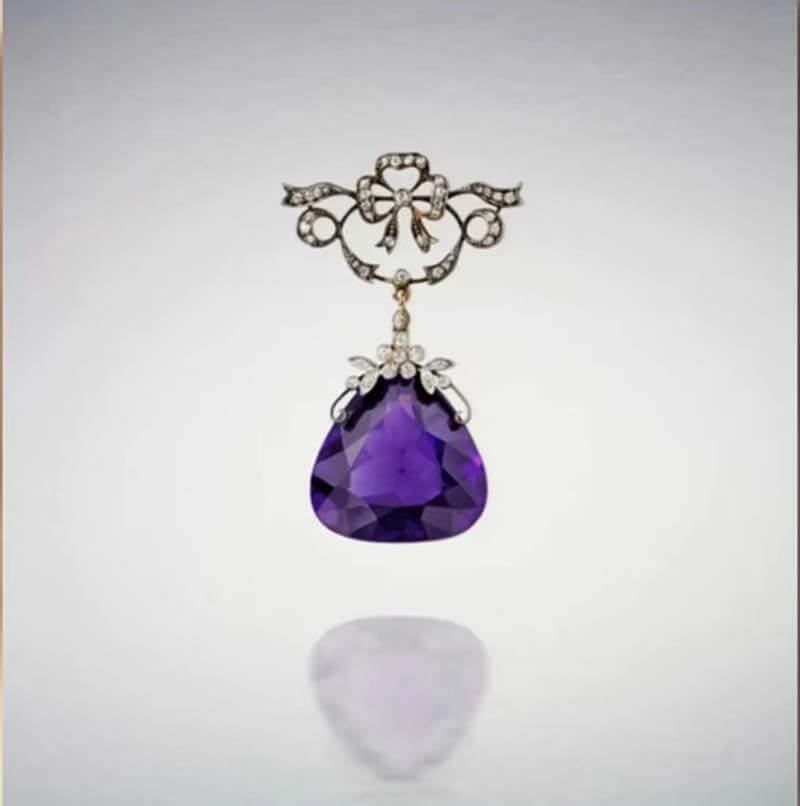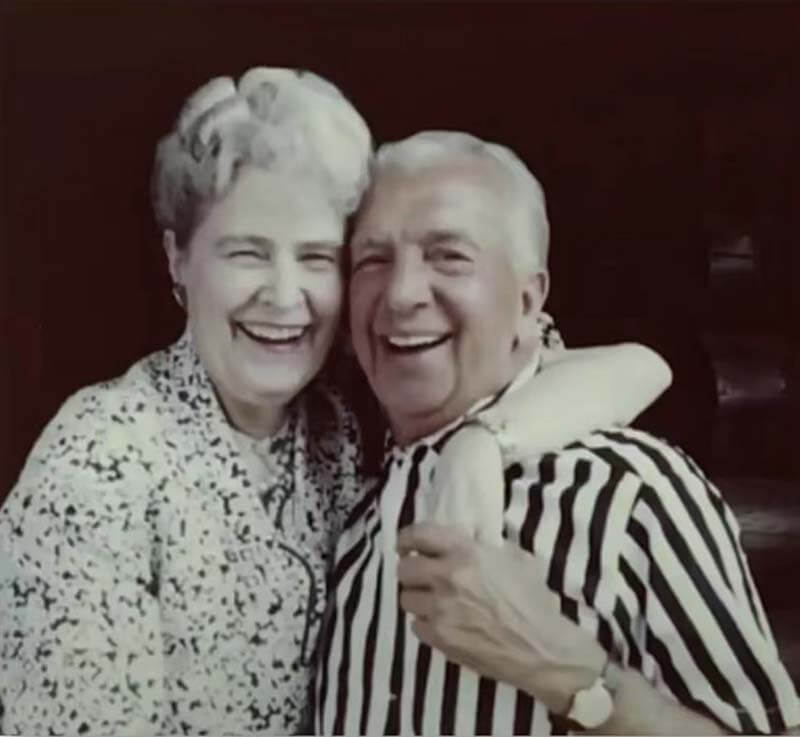Marjorie Merriweather Post’s legendary collection:
Trump abandoned his Trump Tower mansion on Fifth Avenue in New York City after his retirement and moved to Sea Lake Estates in Florida, where he held multiple parlors and foreign events even during his presidency.


Marjorie
The 80,000-square-meter villa, now worth $300 million, is a property that once belonged to our protagonist of the day, Marjorie, and she donated it.

Marjorie was born in the United States to a wealthy family, but it is challenging.
When she was a teenager, she learned bookkeeping in her father’s office. The 80,000-square-meter villa is now worth $300 million, and Marjorie donated it.
At 27 years old, she began to independently operate the largest food company in the United States; at 35 years old, the company brought into the market and in the investment and collection of the world to make a big splash.
She was the most important client of Cartier and Van Cleef & Arpels in the 20th century and had the most extensive collection of Russian art in the Western Hemisphere.

She opened up her private estate and set it up as a museum, offering a glimpse of some of the finest art treasures in the world.
Marjorie and her jewelry collection
These exquisite collections from the French and Russian royal families are like windows into time and space, giving modern people a glimpse into the human landscape buried in the depths of history.
I’ve compiled a selection of jewelry from her collection, and you’ll see that she’s not just rich.

This pair of diamond earrings, weighing 34.59 carats, once belonged to Marie Antoinette, the queen of King Louis XVI of France.
As a result of the fall of the Beaufort dynasty, Cartier sold the earrings to Marjorie and later to the Yusopov family in Russia.
Her Cartier necklace features a large emerald.
The oil-drop emeralds taper in size from the center to the sides and represent the Art Deco style of necklaces between 1928 and 1929. The National Museum of Natural History later acquired it.



onarch jewelry collection
This set of emeralds was first ordered by Napoleon I at Chaumet in 1810 for his second wife, Marie-Louise.
It includes a crown, earrings, a sash, and a necklace. It also appeared in her portrait.
The crown was sold to Van Cleef & Arpels, who removed the emeralds and set them with turquoise.
Marjorie eventually bought the crown. She rarely wore it and soon donated it to the Smithsonian.
The belt, necklace and earrings are still set with emeralds and are in the permanent collection of the Louvre.


Harry Winston knew that Marjorie was a discriminating collector who cared about vintage jewelry, and Marjorie gave it to the Smithsonian almost immediately after she bought it. In this photo, he is next to someone from the Smithsonian with a look of longing in his eyes.




This 58-carat sapphire bracelet is from the legendary Kashmir region, where Marjorie is a big fan of good big stones, and this main stone has an incredibly velvety texture.
Van Cleef & Arpels’ earliest ballet brooch
After World War II, represented by Dior’s NEW look, which was more straight lines, streamlining became popular in the late 50s, like this Van Cleef & Arpels piece from 1954.

This brooch is considered Van Cleef & Arpels’ earliest ballet brooch. Looking at the current Van Cleef & Arpels Feminine Figures collection, you’ll see that Van Cleef & Arpels was a bit more substantial back then, with bigger diamonds and fuller skirts than today.



Rings from the Marjorie Collection
Marjorie had this Cartier ring custom-crafted in 1933 with pink coral and black onyx for a modern look. She made this bracelet in 1927. Set of coral beads made in 1930, beautifully carved with rounded shapes and soft tones.





Marjorie and her brooch
Here is a 1961 airplane brooch from her collection; the body and wings are diamonds, the waistline is a string of sapphires, and the wings are set with rubies.
This is a 1927 ruby bracelet from her collection. This is a 1925 brooch from Margery’s collection, also a pendant with pearls, onyx, rubies and pink tourmalines. She pinned it to her hat very unusually.




This emerald is one that I have seen many times on the cover of the datasheet featuring Oscar Heyman. The first person to buy it was Marjorie. It was later acquired by the Boston Museum of Fine Arts in 2008.
This is a 1900s wreath-style brooch with a beautiful delicate bow and ribbon, white diamonds, and Siberian amethysts.


This 1920s pendant and the brooch are set with large emeralds purchased from the princes of India. Cadia made two designs and productions.
The 1969 daisy brooch was made by Van Cleef & Arpels; it is a hummingbird brooch; the talented designer David Webb made her a bracelet and an Art Deco pearl necklace.


The rest of Marjorie’s jewelry collection
Harry Winston made her a diamond overlay; a 21.04-carat emerald ring that once belonged to the Emperor of Mexico; and a bracelet made for her by Verdura, an Italian Sicilian nobleman and a jewelry designer.






Faberle made 43 eggs for the Russian royal family, two of whichThis 1920s pendant and the brooch are set with large emeralds purchased from the princes of India. Cadia made two designs and productions.


The 1969 daisy brooch was made by Van Cleef & Arpels; it is a hummingbird brooch; the talented designer David Webb made her a bracelet and an Art Deco pearl necklace.
She owns, and she has an extensive collection of Russian furniture and art, even a Yekaterina crown. She was very fond of things from Yekaterina’s time, and some of these items in the collection were expensive, but not all of them. Some were even from unknown jewelry brands but were beautiful and extraordinary.
Biography of Maggio
She became one of the wealthiest women in the United States early. Still, when you look into Marjorie’s life, you’ll find that she had four marriages and weathered the storm. However, he was always fraternal and compassionate.



During World War II, she hand-knitted sweaters for the U.S. Navy, donated large quantities of surgical materials to the front lines, and even provided free meals to 120,000 women and 55,000 children during the Great Famine.
She was full of responsibility and never lost herself, no matter how much wealth she had, and she was very clear about what she wanted.
She was a social queen, hosting frequent balls but never drinking. Without a deep artistic bent, a keen sense of touch, and a strong sense of conviction, it is difficult to imagine how someone could have owned so many rare treasures.









